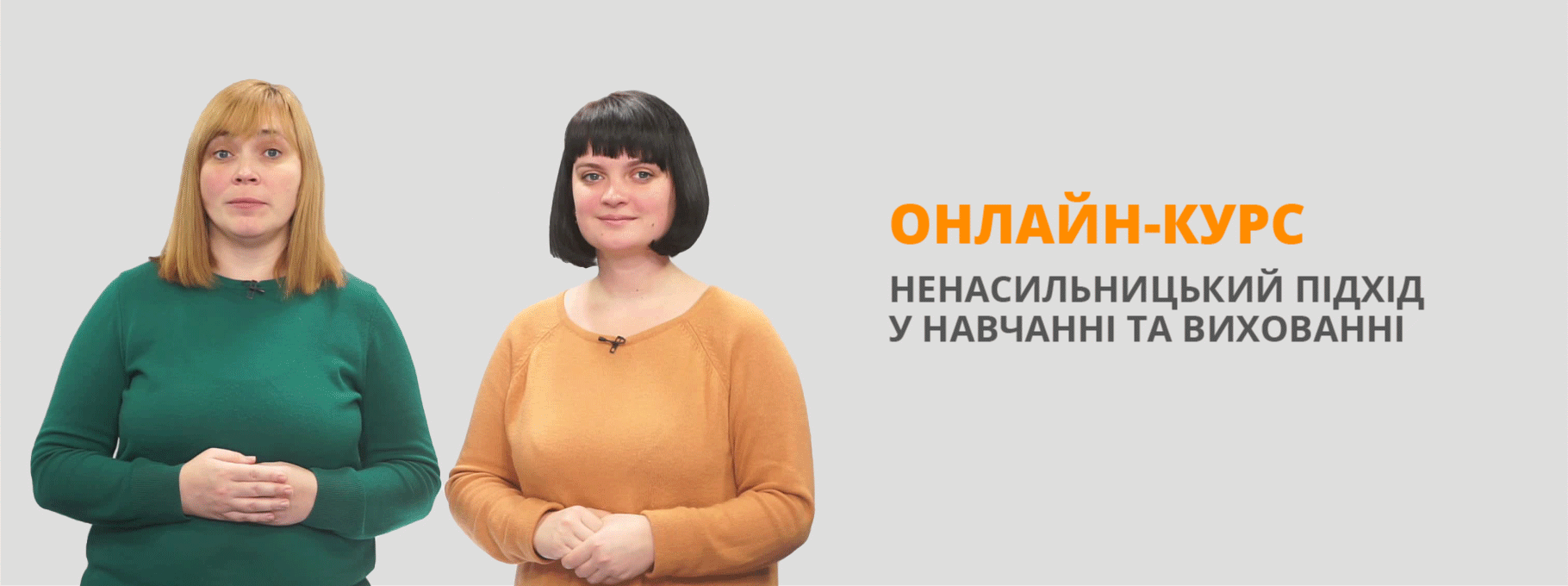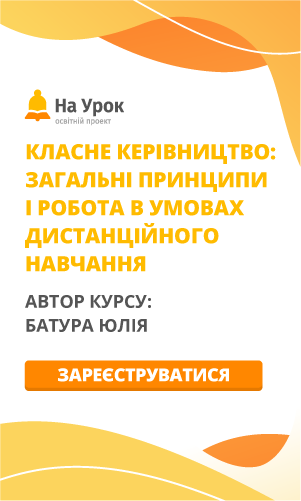фарма англ 3
Urination in the human is decreased by
A 5-year-old child becomes ill while visiting relatives who have a farm in Arkansas. His symptoms include severe abdominal cramps with vomiting and diarrhea and profuse lacrimation and salivation. Pupillary constriction is marked. The most likely cause is exposure to
The activation of muscarinic receptors in bronchiolar smooth muscle is associated with
Ganglion blocking agents are of little clinical value today but they are important drugs to know for solving cardiovascular drug problems because they can block
An 11-year-old boy was brought to the ER by some of his friends because he “started going crazy” after eating seeds from a plant while “trying to get high.” The boy was incoherent; his skin was hot and dry. His pupils were dilated and unresponsive to light. Blood pressure was 180/105, pulse 150, and rectal temp 40°C. The presumptive diagnosis was drug toxicity due to the ingestion of a compound similar to
Thermoregulatory sweat glands in the body utilize what type of pathway?
Following pretreatment with a muscarinic receptor blocking agent, the IV administration of norepinephrine is likely to result in
A colleague with myasthenia gravis wants you to assist him to the ER because he is experiencing muscle weakness and has found it difficult to titrate his drug dosage because he has had the “flu.” You note that he has a slight temperature, shallow respirations, and a gray-blue skin pallor. What would be the most appropriate drug to give to your colleague at this time?
Neostigmine differs from pilocarpine in having effects on
A 37-year-old woman has blurred, double vision 8 hours after eating home-preserved peppers. Six hours later, she has dysphagia, dry mouth and eyes, progressive weakness of the arms and legs, and urinary retention. She is awake and alert. Which of the following is the most likely mechanism of these adverse effects?
The first-aid center has received a victim of a traffic accident diagnosed with closed displaced fracture of the middle third of the thigh. For repositioning of the bone fragments the patient received 10 mL of 2% Dithylinum solution intravenously, which resulted in the prolonged period of apnoea and muscle relaxation. What enzyme is deficient, resulting in such pharmacogenetic enzymopathy?
During gastric resection the patient received mixed anesthesia with Tubocurarin chloride muscle relaxant; to restore spontaneous respiration the patient received Proserin. What pharmacological group does this drug belong to?
A 47-year-old man developed intestinal colic against the back ground of essential hypertension. In this situation it would be most efficient to arrest the colic by administering drugs of the following group:
A 36-year-old patient has been administered a depolarizing muscle relaxant during a surgery. Name this drug:
A patient after disrupted cerebral circulation has developed paralysis. Choose the anticholinesterase drug to be prescribed in this case:
A patient was prescribed atropine sulfate to treat intestinal colic. What concomitant disease can be a contraindication for this drug?
At the 2-3 day after the gastric resection the patient’s intestinal peristalsis failed to restore. What should the patient be prescribed to stimulate the function of his gastrointestinal tract?
The first-aid center has received a victim of a traffic accident diagnosed with closed displaced fracture of the middle third of the thigh. For repositioning of bone fragments the patient received 10ml of 2% dithylinum solution intravenously, which resulted in prolonged period of apnoea and muscle relaxation.What enzyme is deficient, resulting in such pharmacogenetic enzymopathy?
After a nephrectomy the patient developed enteroparesis. What cholinergic agent with anticholinesterase action should be prescribed in this case?
A patient, who has been taking β- adrenergic blockers, developed a bronchial spasm. What group of bronchodilators should be chosen to stop the bronchial spasm?
A patient complains of dizziness, thirst, difficult swallowing, and impaire dvision of close objects. Objectively: respiratory rate is increased, pupils are dilated, general agitation, talkativeness, though the speech is indistinct. BP is 110/70 mm Hg, heart rate is 110/min. Given symptoms can indicate overdosage of the following drug:
A patient has been given atropine sulfate for rapid relief of spastic colon symptoms. The use of this drug is contraindicated during the followng disease:
Analeptical remedyof reflective type from the H-cholinomimetics group was given to the patient for restoration of breathing after poisoning with carbon monoxide. What medicine was prescribed to the patient?
What drug causes dilation of the pupil and paralysis of accommodation when instilled in the eyes?
Tubocurarine chloride was used during dislocation reduction in a patient. Soon the patient developed overdose symptoms. What drug should be used to eliminate these symptoms?
A man was hospitalized with abdominal pain and profuse salivation, sweating, and tears. Examination detects miosis. The day before, he was treating plants with a solution of an insecticidal substance without wearing personal protective equipment. The substance that has caused the poisoning in this case belongs to:
A 48-year-old woman has been diagnosed with Raynaud syndrome (a spasm of peripheral blood vessels) and prescribed an adrenotropiс agent. What group does this drug belong to?
An ophthalmologist used a 1% Mesaton solution for the diagnostic purpose (pupil dilation for eye-ground examination). What is the cause of mydriasis induced by the drug?
During a surgery with the use of Hygronium the patient had an abrupt fall in blood pressure. Blood pressure can be normalized by the representatives of the following drug group:
A patient ill with bronchial asthma didn’t inform his doctor that he had attacks of stenocardia. Doctor administered him a medication, which taking resulted in less frequent attacks of bronchial asthma, but stenocardia attacks became more frequent. What medication was administered?
A patient with coronary artery disease was admitted to the cardiological department. For stenocardia prevention a drug from the group of β-adrenoceptor blockers was administered. What drug is it?
A 68-year-old patient consults a cardiologist, complaining of high arterial blood pressure, pain in the heart egion, intermittent pulse. Prescribe the β1-adrenoreceptor blocker for the treatment of the described pathology:

Створюйте онлайн-тести
для контролю знань і залучення учнів
до активної роботи у класі та вдома


















